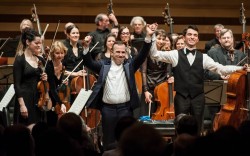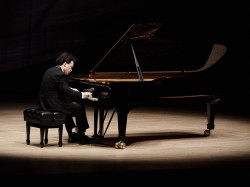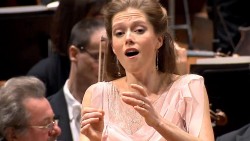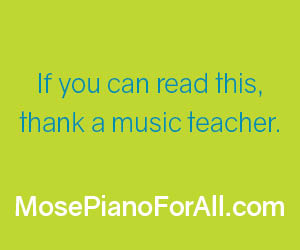Concert Review: Orchestre Métropolitain at Koerner Hall
 A highly charged, fully packed Koerner Hall audience greeted the appearance of Yannick Nézet-Séguin and his Montreal-based Orchestre Métropolitain for their Toronto debut April 24. In a brief introduction to the concert's first half, Nézet-Séguin spoke of his 15-year relationship with the orchestra and the “French colour” they would bring to the evening of English music he had programmed.
A highly charged, fully packed Koerner Hall audience greeted the appearance of Yannick Nézet-Séguin and his Montreal-based Orchestre Métropolitain for their Toronto debut April 24. In a brief introduction to the concert's first half, Nézet-Séguin spoke of his 15-year relationship with the orchestra and the “French colour” they would bring to the evening of English music he had programmed.
Elgar's Enigma Variations had an intensity that revealed the architectural solidity of the piece. Wonderfully balanced full chords proceeded via a series of crescendos. There was sentiment without sentimentality (swells were swell) and a jocularity that foreshadowed the Edwardian Age about to dawn. (The work was composed just at the end of the 19th century.) With each variation dedicated to a friend or loved one (the first lovingly portrays the composer's wife), Elgar's creation is filled with tenderness and nostalgia. Its pastoral qualities (for King and Countryside you might say) were epitomized by a wind choir supported by strings. The famous Variation IX, “Nimrod” was dedicated to the memory of Paul Desmarais, a great supporter of the orchestra. The slow build begun by the flute and oboe duet buttressed by low strings reached great and stately heights before suddenly disappearing into the air, like fluttering insects in the wind.




